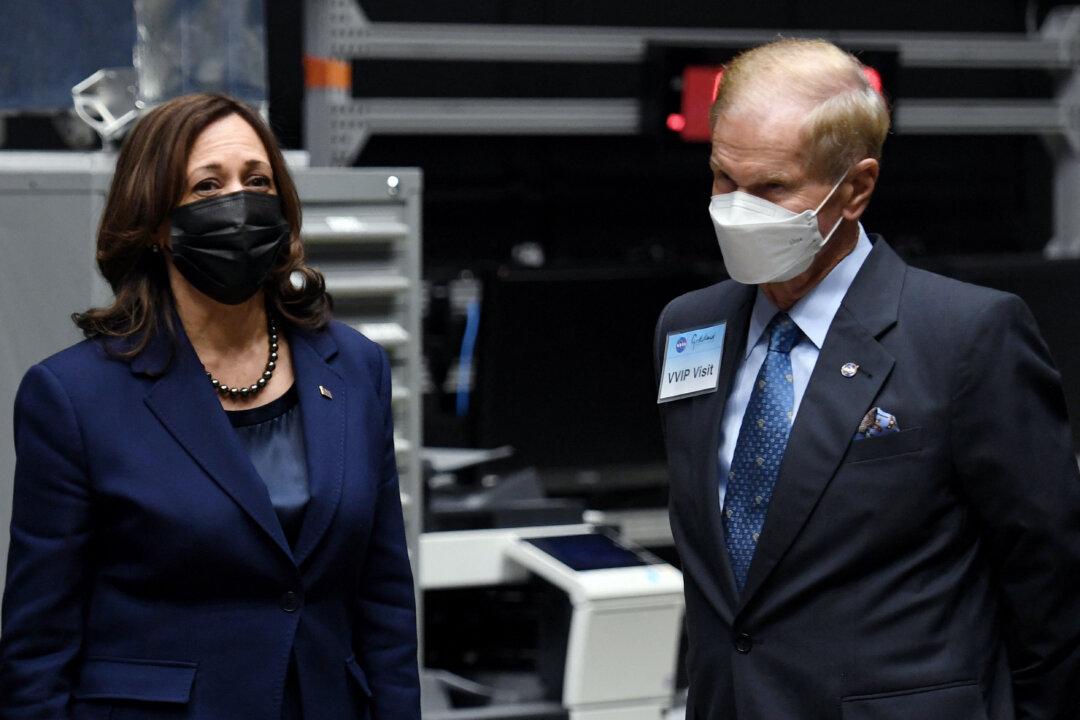Commentary
U.S. Vice President Kamala Harris can secure freedom for Americans and their allies by simply exercising much needed leadership as chair of the National Space Council (NSpC), an advisory body to the White House.

U.S. Vice President Kamala Harris can secure freedom for Americans and their allies by simply exercising much needed leadership as chair of the National Space Council (NSpC), an advisory body to the White House.